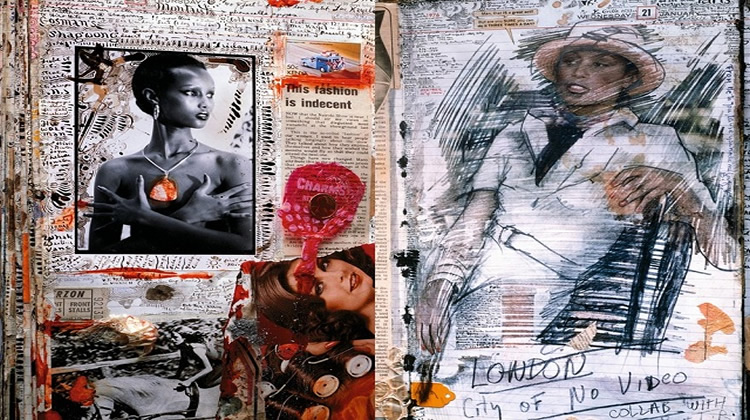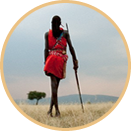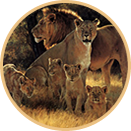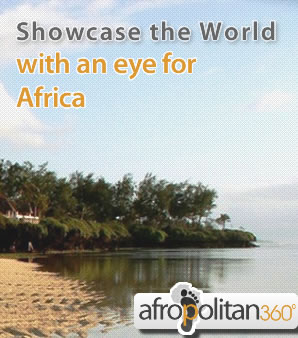
TASCHEN has relaunched a book on Peter Beard's fascinating - at times shocking - art that was first published in 2006 and instantly sold out. Now the collage-like collection of photographs, diary entries, text and drawings is available again.
Beard, who was born in 1938 in New York, started writing personal journals as a child and soon began complementing his notes with photography. In 1955, he read Karen Blixen's Out of Africa, which inspired him to travel to Kenya. Beard developed a keen interest in the country, in the process observing Kenya's population explosion with concern, realising how it challenged finite resources and threatened animal populations. The books he published, which documented what he had witnessed, were appalling and alarming. Beard underlined the disturbing effect the books had on the readers by experimenting with unusual techniques - including the occasional use of animal blood.
Alongside documenting the political changes in Africa and its stunning wildlife, Beard collaborated with artists such as Andy Warhol, toured with The Rolling Stones, created books with Jacqueline Onassis and was painted by Francis Bacon. Here, Dazed+Digital talks to the influential artist about his unique approach to photography, his source of inspiration and how blood adds authenticity.
Dazed Digital: Tell us a bit about the central themes and subjects of this collection?
Peter Beard: In 1961-2, with a letter from Thomas and Karen Dinesen, I traced Karen Blixen's majordomo [a steward and guide] to a Kikuyu village called Renguti. He was all too happy to follow me to Hog Ranch in Karen-Langata, Nairobi, where I was starting a new book, Longing for Darkness, Kamante's tales from Out of Africa. Karen Blixen wrote, "A writer can write as much as he wants, but when an African sends you a drawing, it seems to scream at you." Thus began the Hog Ranch art department. With "Kamante" (or Kamade Gaturo), Matasa Isaiha of Mt. Kenya and the Abedare National Parks, General Chui from Nyeri, Mwangi Kuria of Ongata Rongai embellishing my photos, which had begun in 1955. Slowly but surely, Kikuyu (and even Mau Mau) "art brut" would poetically echo the wildlife photography they would encircle and enrich.
More specifically to your question, over 40 years of ever more expert and painstaking art work, they meld in to deeply enhance my years of work in Kenya.
Back









 You want to showcase?
You want to showcase?